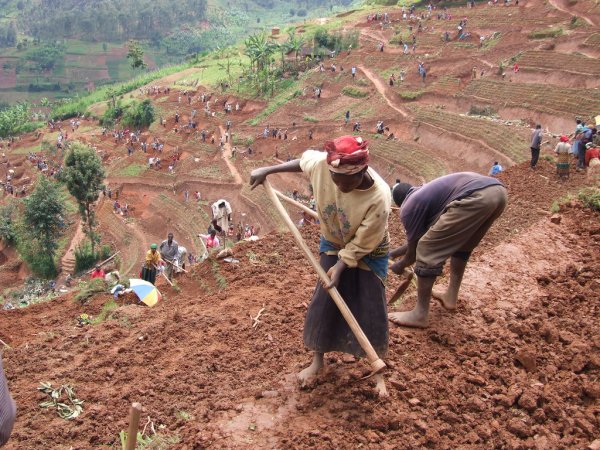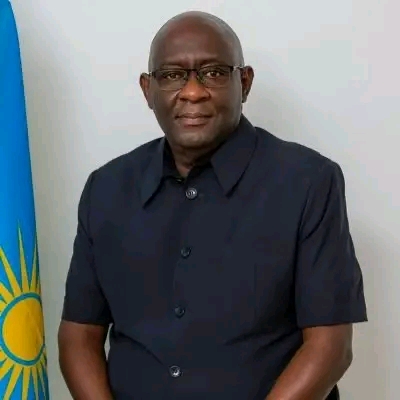Albert Rwego, the Director of Operations and Research at Transparency International Rwanda (TI-Rwanda), highlighted that beneficiaries of the VUP (Vision 2020 Umurenge Programme) loans often lack sufficient financial knowledge. This gap in knowledge leads to ineffective use of the funds and prevents the loans from benefiting them as intended.
He noted that these beneficiaries do not receive adequate training on financial management or proper guidance on how to use the loans for their advantage.
This issue was discussed on Tuesday, September 17, 2024, during a presentation by Transparency International Rwanda. The organization shared the findings of a study analyzing the management of VUP loans and the monitoring of the program by local officials.
The research, conducted from June to December 2023, was carried out in the districts of Gicumbi, Nyabihu, and Nyamagabe, covering five sectors in each district.
During a leadership retreat in 2007, President Kagame provided a vision to improve the living standards of vulnerable Rwandans, which led to the creation of the VUP program.
The VUP program has three components: providing financial support to the elderly, offering public works jobs, and providing loans to poor but able individuals for small-scale projects. These loans are up to 100,000 Rwandan Francs with an annual interest rate of 2%.
The study revealed that in Gicumbi District, 40.6% of loan recipients are able to record their business profits, and the same percentage understands their income and expenses. In Nyabihu District, 40.2% of borrowers can track their profits, while in Nyagatare District, the figure is 50.5%.
Albert Rwego pointed out that beneficiaries often invest their loans in projects without prior feasibility studies or market research, which frequently results in losses.
He said, “The reason for the lack of support is that there is usually only one VUP staff member in the sector, and the funds are substantial. Due to other duties, there is often insufficient time for proper monitoring.”
Mupiganyi Apollinaire, the Executive Director of TI-Rwanda, mentioned that the small size of the loans is another factor preventing beneficiaries from escaping poverty. Many recipients quickly spend the loans on unintended uses.
He stated, “[…] Sometimes even the government fails to recover these funds. We believe that measures should be taken to build the capacity of individuals receiving the money.”
Emmanuel Bugingo, the Acting Director of Social Protection and Community Development at Minaloc, acknowledged that solutions are being developed to address the issues with VUP loans.
He said, “Building someone’s capacity is not something you can complete in a month. It’s an ongoing process. We are aware of this and have started building the capacity of beneficiaries, not only those in VUP but also in other programs.”
Currently, 38% of Rwandans live below the poverty line, and 16% experience extreme poverty.














Post Comment